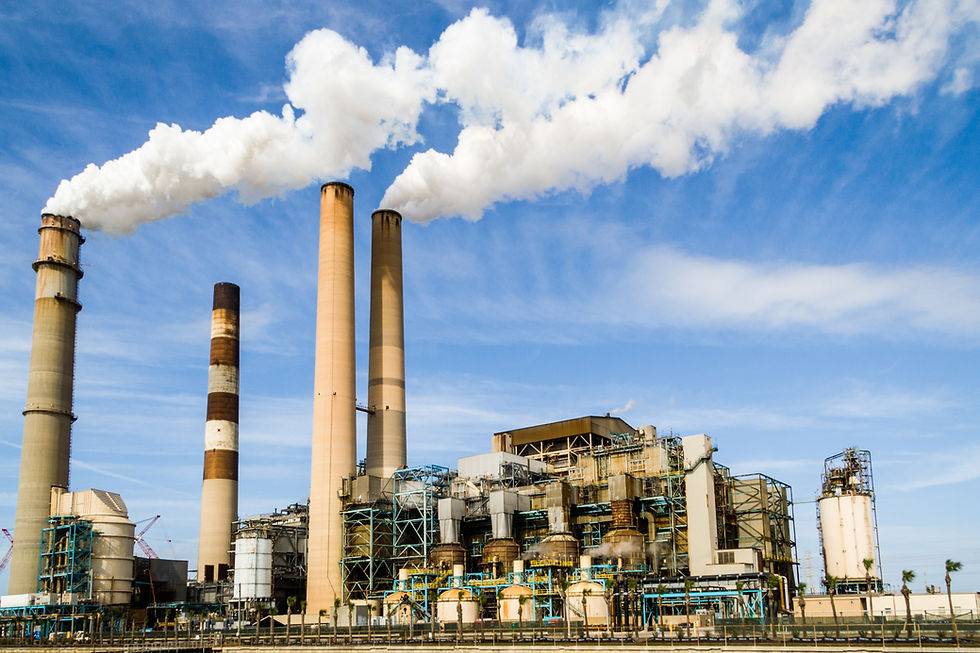The EU’s emissions trading scheme sectors, industry and power, saw emissions drop by 15% in 2023, putting them on track for their 2030 targets, but experts question whether this was because of – or despite – Europe’s carbon trading framework.
The EU’s emissions trading scheme (ETS) puts an annual cap on emissions in industry and the power sector – covering 40% of the economy. Companies can buy and sell the right to emit, setting a CO2 price that now hovers above €50 following a slump through 2023.
“Last year’s emissions under the ETS show the most significant annual emissions reductions since it was launched in 2005,” the EU’s climate department, DG CLIMA, said on Wednesday (3 April).
The power sector and industry cut emissions by 15.5% compared to 2022 – hitting a 47% cut compared to 2005 levels. This puts the sectors on track for their 2030 target of a 62% reduction.
The lion’s share of reductions came from the power sector, where emissions dropped by 24% owing to added wind and solar power – as well more rain and cooler temperatures, which increased the share of hydropower and nuclear.
Industry, wracked by the energy crisis, saw emissions drop by 7% – both due to efficiency gains and a drop in output. Meanwhile, aviation emissions increased by 10%, driven by a continued post-pandemic recovery.
The EU’s emissions trading scheme sectors, industry and power, saw emissions drop by 15% in 2023, putting them on track for their 2030 targets, but experts question whether this was because of – or despite – Europe’s carbon trading framework.
The EU’s emissions trading scheme (ETS) puts an annual cap on emissions in industry and the power sector – covering 40% of the economy. Companies can buy and sell the right to emit, setting a CO2 price that now hovers above €50 following a slump through 2023.
“Last year’s emissions under the ETS show the most significant annual emissions reductions since it was launched in 2005,” the EU’s climate department, DG CLIMA, said on Wednesday (3 April).
The power sector and industry cut emissions by 15.5% compared to 2022 – hitting a 47% cut compared to 2005 levels. This puts the sectors on track for their 2030 target of a 62% reduction.
The lion’s share of reductions came from the power sector, where emissions dropped by 24% owing to added wind and solar power – as well more rain and cooler temperatures, which increased the share of hydropower and nuclear.
Industry, wracked by the energy crisis, saw emissions drop by 7% – both due to efficiency gains and a drop in output. Meanwhile, aviation emissions increased by 10%, driven by a continued post-pandemic recovery.

source: euractiv.com


Kommentare